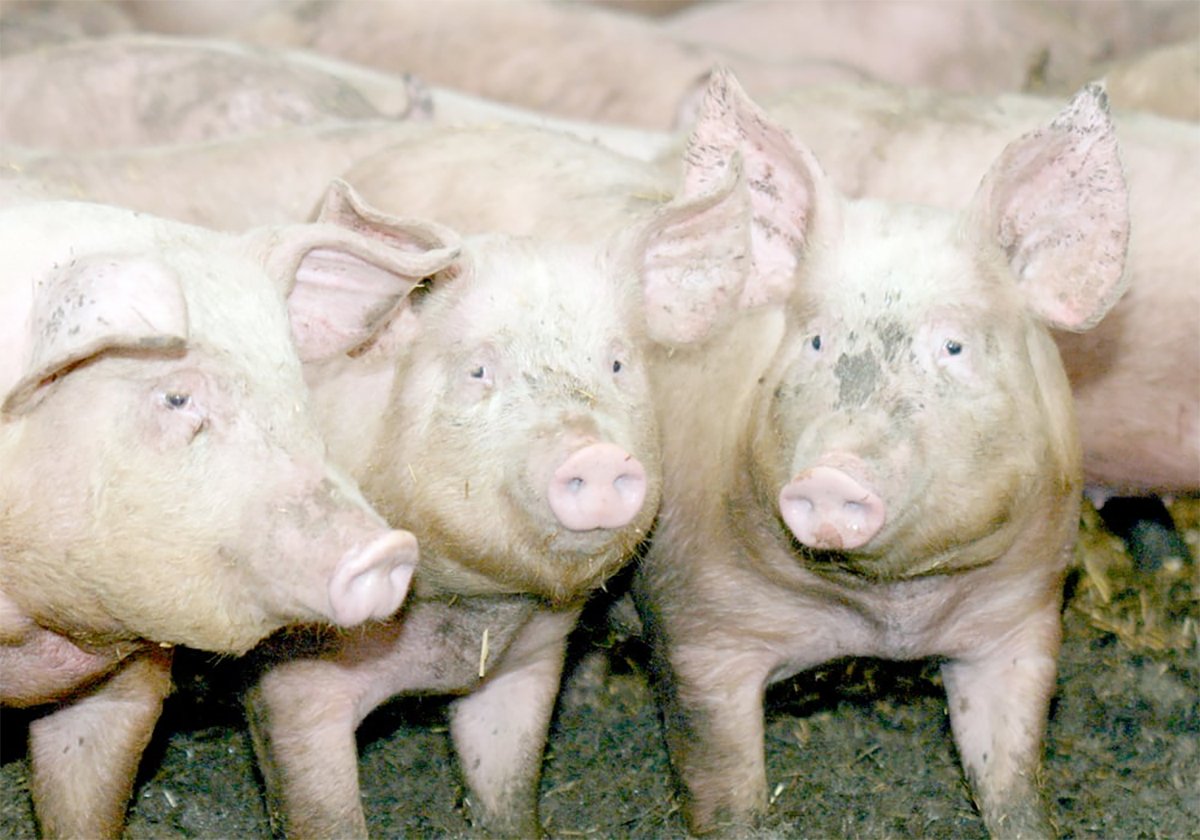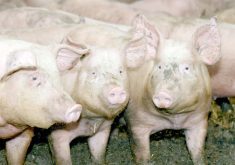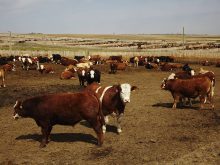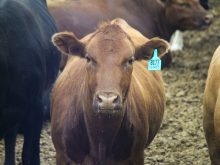DAUPHIN, Man. – During this period of wide scale beef herd reduction in North America, one economist says it may be the best time to buy more cows.
“The astute cowman is building now so when prices are back up, he’ll be ready,” said Harlan Hughes of North Dakota State University.
As people reduce their herds, putting more cattle on the market, cows are becoming cheaper.
Using American figures, Hughes said the average cow returned a profit in 1987 of $212, but last year, lost its owner money.
Read Also

The Western Producer Livestock Report – November 13, 2025
Western Producer Livestock Report for November 13, 2025. See U.S. & Canadian hog prices, Canadian bison & lamb market data and sales insights.
Speaking at the Canadian Cattlemen’s Association convention here last week, Hughes said a major fault of cattle producers is their habit of basing market decisions on what happened the previous year.
Many people lost money last fall because they saw declining prices and decided to hold calves back for a rally. This year many are taking whatever price they can get so they won’t be burned again if prices continue to dip, he said.
Failing to watch the rise and fall of the cattle cycle can result in money-losing decisions, he said.
Follows a cycle
The cattle cycle runs on a nine to 11 year basis of expansion, contraction and turnover. This last cycle was unusual because it had a faster than normal expansion rate, said Hughes.
Liquidation also started earlier than predicted in the United States partly because of drought in areas like Texas, short feed supplies and an oversupply of beef.
“If you want to know what is happening in the cattle industry, look at Texas. When Texas sneezes, the rest of the industry gets a cold,” he said.
Texas runs about six million beef cows.
Prices look more favorable in 1997 and for those who want to stay ahead of the pack, Hughes advised watching this year’s corn crop rather than visiting sale barns to see what calf prices are doing. A short crop will see more cattle headed for slaughter rather than retention over winter.
People who decide to buy more cows should remember fewer cows are needed in a herd to raise beef production.
“Keep in mind the factory has changed since the 1970s,” said Hughes.
According to Canfax figures, the average carcass weight of a steer in 1980 was 600 pounds. In 1996 it’s about 730 lbs.
The 1980s emphasized improved weaning weights but few people paid attention to what it cost to feed mother cows or what additional beef supplies might do to the cattle cycle.
“I never heard any discussion about what this increased productivity was going to do,” he said.
“If you’re going to have increased productivity, you better have increased demand or you’re going to have a decrease in price,” he said.
Another fault is that many cattle producers don’t know if they are high or low cost producers. Too many assume those who wean the largest calves will be the most profitable rather than paying attention to economic cycles, said Hughes.
To cut costs, he suggested producers should look at feed expenses like leaving cattle on grass longer or adding more straw to winter rations.
He also urged producers to get rid of late breeding cows and shorten calving periods so calves can go to market in a more orderly time period.
Summer or fall calving offers another option so the producer has yearlings available for slaughter in the fall rather than the following April when the market tends to bunch up with oversupply.
Producers should also look at retained ownership of calves all the way to slaughter to get full value for them, he said.















